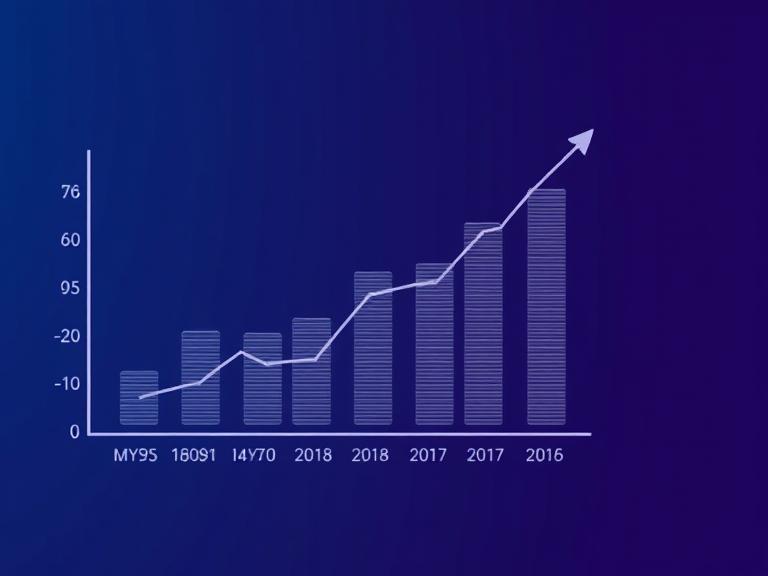Revenue forecasting is a critical part of financial planning. It helps you allocate resources, prepare for growth, and avoid cash flow surprises. While forecasting will never be perfect, using the right methods and data makes it much more reliable.
Start with historical data. Look at your past sales trends, seasonal patterns, and customer behavior. This is especially useful if your business has been running for at least a year.
If you’re a startup, use market research, competitor analysis, and industry benchmarks to create assumptions.
Two popular methods:
- Top-down forecasting – Start with total market size, then estimate how much market share you can capture
- Bottom-up forecasting – Start with your business activities (e.g., number of leads × conversion rate × average deal size)
Consider variables like:
- Product launches or expansions
- Marketing spend increases
- Economic shifts or seasonality
- Changes in pricing or customer retention
Build multiple scenarios: best-case, expected, and worst-case. This gives you a range to work with and helps you plan more realistically.
Finally, update forecasts monthly or quarterly. The more often you review, the more accurate your projections become.
Accurate forecasting leads to smarter decisions—on hiring, investing, inventory, and strategy. It’s not just a spreadsheet—it’s your financial compass.


Leave a Reply